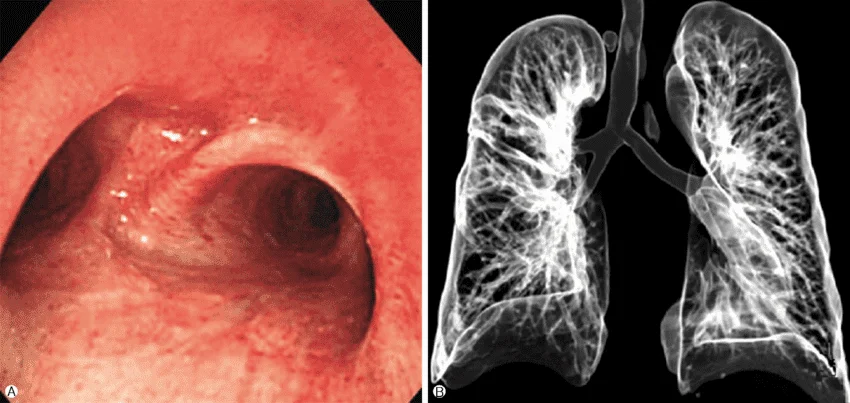Virtual Bronchoscopy & Colonoscopy
Virtual Bronchoscopy and Virtual Colonoscopy are diagnostic procedures that use high-resolution CT scan images and advanced computer software to create 3D models of the airways and colon.
Virtual Bronchoscopy allows doctors to examine the inside of the trachea and bronchial tubes without inserting a scope.
Virtual Colonoscopy (also called CT colonography) provides a detailed, 3D view of the colon and rectum to screen for polyps, tumors, and other abnormalities.
These procedures are non-invasive, require no sedation, and have minimal recovery time.

Types of Image Virtual Bronchoscopy & Colonoscopy
There are mainly two types of virtual procedures based on imaging focus:
Diagnostic Virtual Bronchoscopy / Colonoscopy: Used to detect diseases, blockages, inflammation, tumors, or polyps.
Screening Virtual Bronchoscopy / Colonoscopy: Used for preventive screening, especially in high-risk patients or those who cannot undergo traditional scoping procedures.
What Are Some Common Uses of the Procedure?
Virtual Bronchoscopy:
✓ Detect airway tumors or narrowing
✓ Identify foreign bodies in the airway
✓ Assess chronic lung diseases like COPD or bronchiectasis
✓ Plan for lung surgeries or interventionsVirtual Colonoscopy:
✓ Screen for colon polyps or colorectal cancer
✓ Evaluate unexplained abdominal pain or bleeding
✓ Check for diverticulosis or inflammatory bowel disease (IBD)
✓ Follow up after previous colon surgeries or abnormal colon tests
How Do I Prepare for My Virtual Bronchoscopy & Colonoscopy?
For Virtual Bronchoscopy: Usually no special preparation. You may be asked to avoid eating a few hours before the scan.
For Virtual Colonoscopy: You will likely follow a bowel preparation process, which includes a liquid diet and laxatives the day before to clean the colon for clear imaging.
Our team will provide you with detailed instructions before your appointment.
What Will Happen During My Virtual Bronchoscopy & Colonoscopy?
Virtual Bronchoscopy: You will lie on the CT scanner table, and the machine will take detailed images of your chest. You will need to hold your breath for a few seconds during the scan.
Virtual Colonoscopy: A small tube will be inserted into the rectum to gently inflate the colon with air or carbon dioxide. You will then lie on the CT table, and images will be taken in various positions.
Both scans are quick (usually 10–20 minutes), painless, and do not require sedation.
What Are the Reasons for a Virtual Bronchoscopy & Colonoscopy?
When a patient cannot undergo conventional bronchoscopy or colonoscopy due to medical risks
For screening in elderly or frail patients
To evaluate anatomy before a surgical or interventional procedure
For follow-up after lung or colon surgery or treatment
When less invasive, faster diagnostic imaging is preferred
